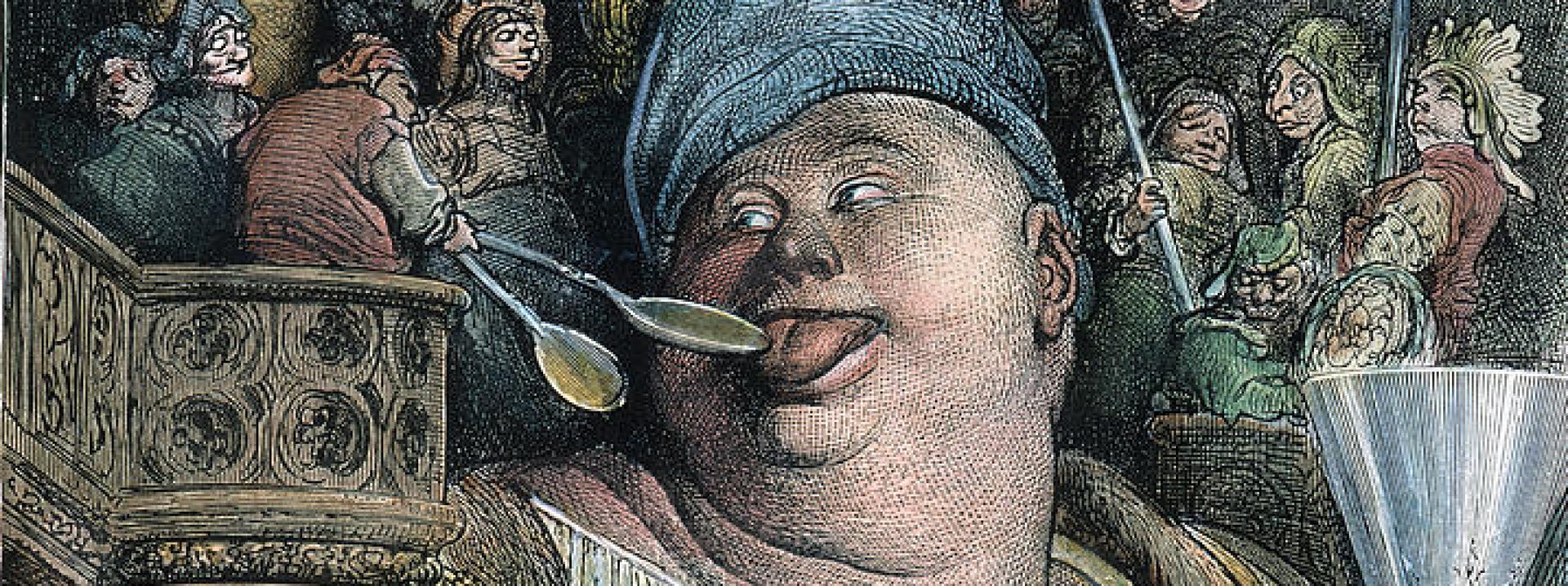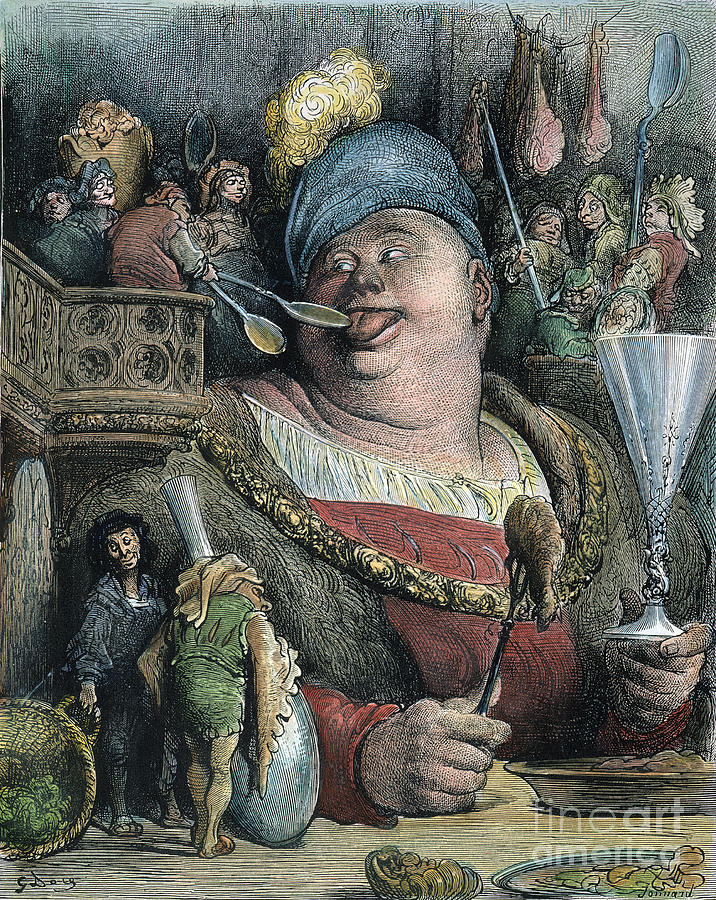With this presentation, I hope to go more in depth about what ancient comedy (Greek and Roman) was like when actually performed on a stage, not just on the page. I often have the tendency while reading to assume characters are standing staring at each other as they say their lines, wearing ordinary tunics and normal faces, and it takes a moment of thinking about it to realize how grotesque it really was! I know some people have had more experience with it than others, but I hope to give a brief intro/reminder for everyone.
I plan to talk about the grotesque features that are not visible in the text, such as over-exaggerated masks and fat suits, and share pictures as well (one example below.)

I want to draw our attention to some of the stage directions and actions that are not necessarily explicit in the text but can easily be assumed. (Think about the Henry IV clips that we watched in class; it had staging that was not at all explicit in the text, but absolutely necessary and normal!) There are even spots in the text where they vaguely mention an action but not always in a “this is currently happening now” way that makes you imagine it.
After 2-3 minutes of showing pictures and discussing, I plan to assign a writing activity (2-3 minutes) with these questions for thought: how did these pictures/facts change the image in your head of the stage, characters, and action? Do you have any thoughts on specific scenes, action, or characters (e.g., what do you think the sausage seller specifically would look like, having seen some of these pictures?) Then we will share and discuss for the rest of the time we have!
Any thoughts you have about additional things you would like to know or things you think I should add would be much appreciated! Thanks all!


As someone who doesn’t read classics, I forgot that ancient Greek plays have a chorus (the only other play I’ve read with a chorus was Oedipus Rex four years ago). I think it would be interesting to discuss if this chorus would be on stage or slightly off stage, and what kind of intonations they would use when they are speaking. Would they be reverent? Sassy? Condescending?
I thought that your use of graphics to show examples of what costumes would look like was great! As I read the second part of Knights, I’m keeping in mind your presentation! I think that attempting to visualize movement while reading the scenes is impactful, and remembering that the characters are constantly in motion changes my interpretation of the texts. I thought your presentation set up a foundation for how we should acknowledging the complexity of theater while reading these texts! 🙂